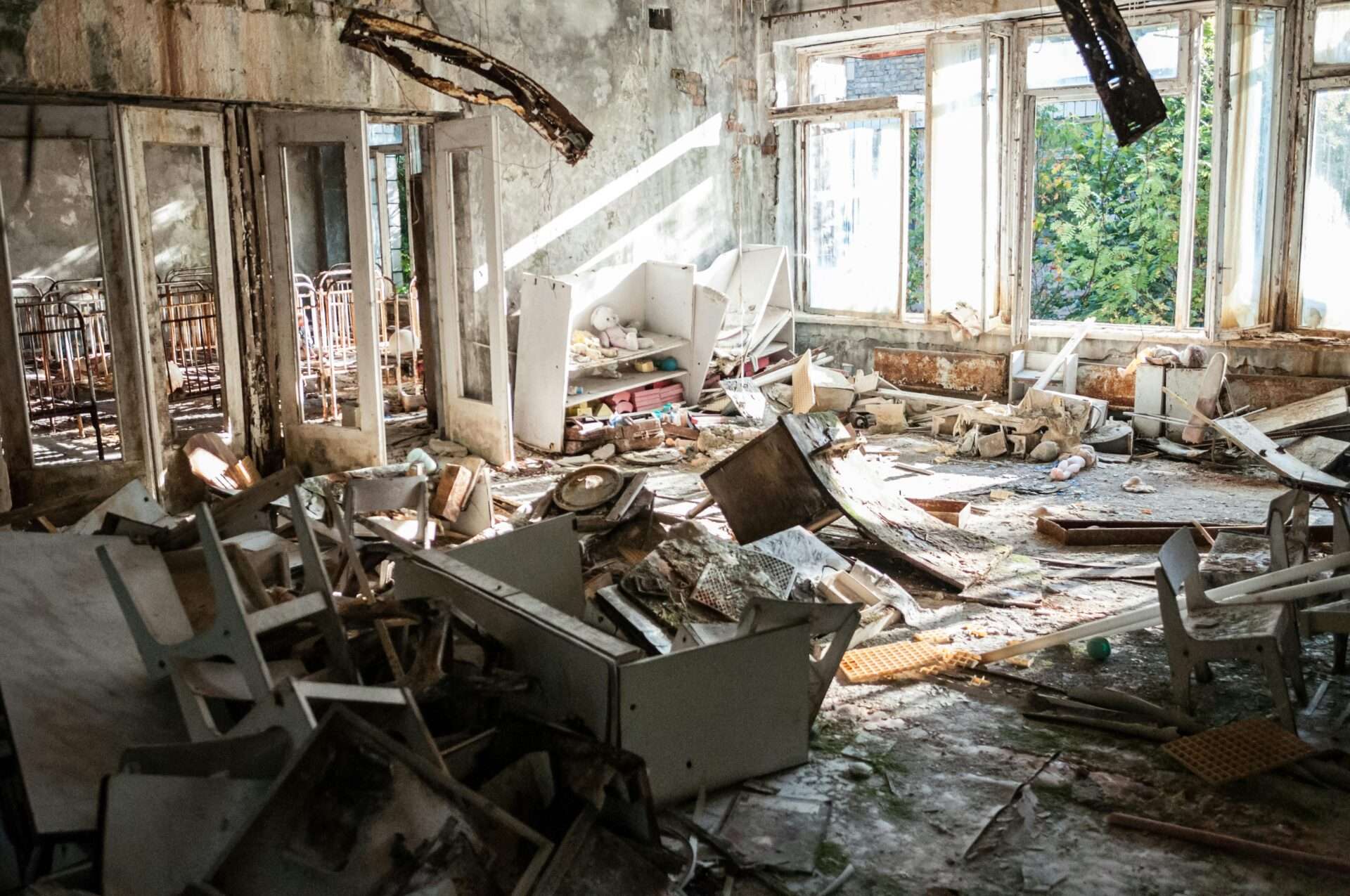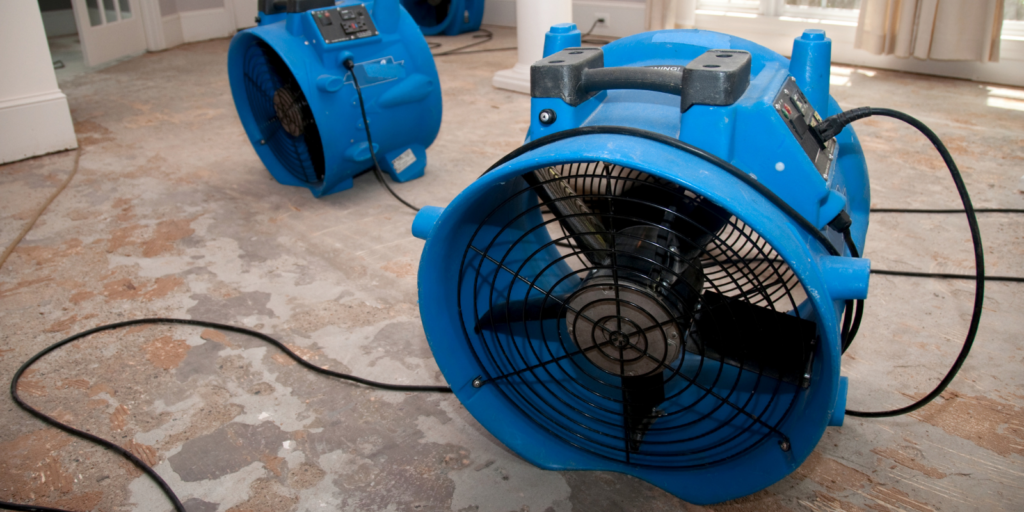
Tips For Drying Water-Damaged Rooms And Preventing Mould
Tips For Drying Water-Damaged Rooms And Preventing Mould
By: Brothers Equipment & Supply
When water damage strikes, acting quickly can mean the difference between minor repairs and long-term issues, like mould growth.
Water-damaged rooms are prone to mould if they aren’t properly dried and treated, which poses health risks and decreases indoor air quality.
Here, we outline essential tips for drying water-damaged areas and preventing mould, helping you keep your home safe and your family healthy.
Let’s get right into it!
Water Damage And Mould Prevention
Water damage is a common issue in Canadian homes, with factors like extreme weather and aging infrastructure playing significant roles.
Mould can begin to grow within 24-48 hours of water exposure, especially in humid or poorly ventilated areas (source: Canada Mortgage and Housing Corporation). Taking swift action not only reduces repair costs but also minimizes health risks related to mould.
Common Causes Of Water Damage In Homes
Water damage can stem from a range of sources, including burst pipes, leaking roofs, and faulty appliances. Each cause requires specific approaches for drying and repair.
For instance, roof leaks may cause water to seep into walls and ceilings, while a burst pipe can quickly flood a room. Flooding from natural events also introduces contaminants that increase mould risks and require careful cleanup procedures.
Health Risks Associated With Mould Growth
Exposure to mould can cause various health problems, from respiratory issues to allergic reactions. People with asthma, allergies, or weakened immune systems are particularly vulnerable.
Mould spores, which are often airborne, affect indoor air quality and can lead to symptoms such as coughing, eye irritation, and skin rashes. Prolonged exposure may even result in more severe respiratory conditions, underscoring the importance of preventing mould growth after water damage.
Immediate Steps To Take When Water Damage Occurs
The first steps you take after water damage can greatly impact the recovery process. Begin by shutting off the water source if it’s safe to do so, preventing additional flooding.
Move any valuable or sensitive items away from the water to protect them from damage. Open windows and doors if possible to allow air circulation, which will help reduce humidity levels and slow mould growth.
Using Fans And Dehumidifiers For Drying

Fans and dehumidifiers are essential tools for drying water-damaged rooms. Fans help circulate air, promoting faster evaporation, while dehumidifiers remove moisture from the air, reducing humidity levels.
Place dehumidifiers strategically around the room, and set fans to point towards the most saturated areas. An industrial-grade dehumidifier may be needed for extensive damage, as they can handle higher moisture levels and cover larger spaces.
Opening Windows And Creating Air Circulation
When the weather allows, opening windows is an effective way to reduce indoor humidity and create airflow. Air circulation helps prevent stagnant moisture from settling on surfaces, where it can encourage mould growth.
In winter or humid conditions, use mechanical ventilation or combine fans with open windows to maximize airflow and control humidity levels.
Using Absorbent Materials To Remove Surface Moisture
Absorbent materials like towels and sponges are invaluable for the initial removal of surface moisture. Use thick, absorbent towels to soak up standing water, pressing them firmly against damp surfaces.
For floors, mop up as much water as possible. If furniture or other large items are wet, position them in a way that allows airflow to all sides, preventing trapped moisture from fostering mould.
Inspecting Walls, Ceilings, And Floors For Damage

After water removal, inspect all affected areas, including walls, ceilings, and floors, for signs of structural damage. Waterlogged drywall and flooring may need to be replaced if they have weakened.
Check hidden areas, as water can seep into wall cavities and cause damage over time. Pay close attention to wooden surfaces, as they can warp or rot if moisture isn’t adequately removed.
Tips For Removing Water From Carpets And Upholstery
Carpets and upholstery are highly absorbent and require special care to prevent mould. Use a wet vacuum to extract as much water as possible, going over the surface several times.
After vacuuming, sprinkle baking soda or a commercial deodorizer over the fabric to absorb odours and reduce bacteria growth. Place the items in a well-ventilated area to dry, using fans to expedite the process.
Preventing Mould Growth In Damp Areas
Mould thrives in damp, dark environments, so keeping affected areas dry is critical. Use mould inhibitors or anti-fungal sprays on surfaces prone to moisture. Basements and bathrooms are particularly susceptible, so consider using a dehumidifier in these areas even after drying. Regularly monitor the area for signs of mould in the weeks following water damage.
Cleaning And Disinfecting After Water Damage
Thorough cleaning is essential to remove bacteria and mould spores. Start by scrubbing hard surfaces with a bleach solution (one part bleach to nine parts water) or a suitable disinfectant.
Avoid mixing bleach with ammonia or other cleaning products, as this can produce harmful fumes. For porous materials, such as fabric or cardboard, consider replacing them if they were heavily contaminated.
When To Call A Professional
In some cases, professional assistance may be necessary. Significant flooding, extensive mould growth, or structural damage beyond basic repair calls for a restoration expert.
Professionals have the tools and expertise to dry, disinfect, and restore your space effectively, helping you avoid future complications. They can also assess whether hidden water damage may pose a risk to your home’s integrity.
Protecting Yourself And Your Family During Cleanup
Water damage cleanup can expose you to contaminants, especially if sewage or chemicals were involved. Wear gloves, an N95 mask, rubber boots, and protective clothing to prevent skin contact and inhalation of harmful particles.
Regularly wash your hands and avoid touching your face while working in the affected area. This personal protection helps keep you and your family safe from potential health hazards.
Long-Term Strategies To Prevent Future Water Damage
Preventative maintenance can reduce the likelihood of future water damage. Regularly inspect your roof, foundation, and plumbing systems, as these are common points of failure.
Waterproofing your basement, installing a sump pump, and using water alarms are effective ways to detect and manage water early. Properly dispose of grease and debris to prevent clogs, and consider adding a backwater valve if your area is prone to sewer backups.
FAQ
What Should I Do Immediately After Water Damage?
Shut off the water source, move valuable items, and open windows to allow air circulation. Begin drying with towels or a wet vacuum as soon as possible.
How Quickly Can Mould Start Growing After Water Damage?
Mould can begin growing within 24 to 48 hours if moisture remains. Quickly drying the area is crucial to prevent this.
What’s The Best Way To Dry Carpets After Water Damage?
Use a wet vacuum to extract water, apply baking soda to reduce odours, and place fans to circulate air over the carpet until dry.
Are Dehumidifiers Effective For Water-Damaged Rooms?
Yes, dehumidifiers remove excess moisture from the air, helping dry the room and preventing mould growth. Industrial dehumidifiers are recommended for extensive damage.
When Should I Contact A Professional For Water Damage?
If the water damage is extensive, if there’s mould, or if structural elements are affected, it’s best to consult a professional restoration service.
How Can I Prevent Mould After Water Damage?
Dry the area thoroughly, use fans and dehumidifiers, apply mould inhibitors, and clean all surfaces with disinfectants to reduce mould risk.
What Safety Precautions Should I Take During Cleanup?
Wear gloves, an N95 mask, rubber boots, and avoid touching your face. Wash your hands regularly and keep the area ventilated.
Can I Use Household Items To Clean Water-Damaged Areas?
Yes, towels, sponges, and mops are useful for initial drying, while baking soda and disinfectants help with cleaning. Avoid mixing cleaning chemicals.
How Can I Protect High-Risk Areas From Water Damage?
Waterproof your basement, inspect plumbing, and use water alarms. Regularly check for signs of leaks or damage in these areas.
Does Home Insurance Cover Water-Damaged Rooms?
Most policies cover sudden and accidental water damage, but coverage may vary. Check your policy and consider additional coverage if needed.
Conclusion
Dealing with water damage requires swift action to prevent lasting issues like mould. By following these tips for drying and disinfecting affected areas, you can protect your home and health from the harmful effects of moisture and mould.
Prevention, regular maintenance, and early intervention are your best allies against water damage. With a proactive approach, you can minimize the risk of future incidents and maintain a healthy living environment.
If you have any questions about our article “Tips For Drying Water-Damaged Rooms And Preventing Mould” contact us at sales@brothers-equipment.com or connect with us on social media.
